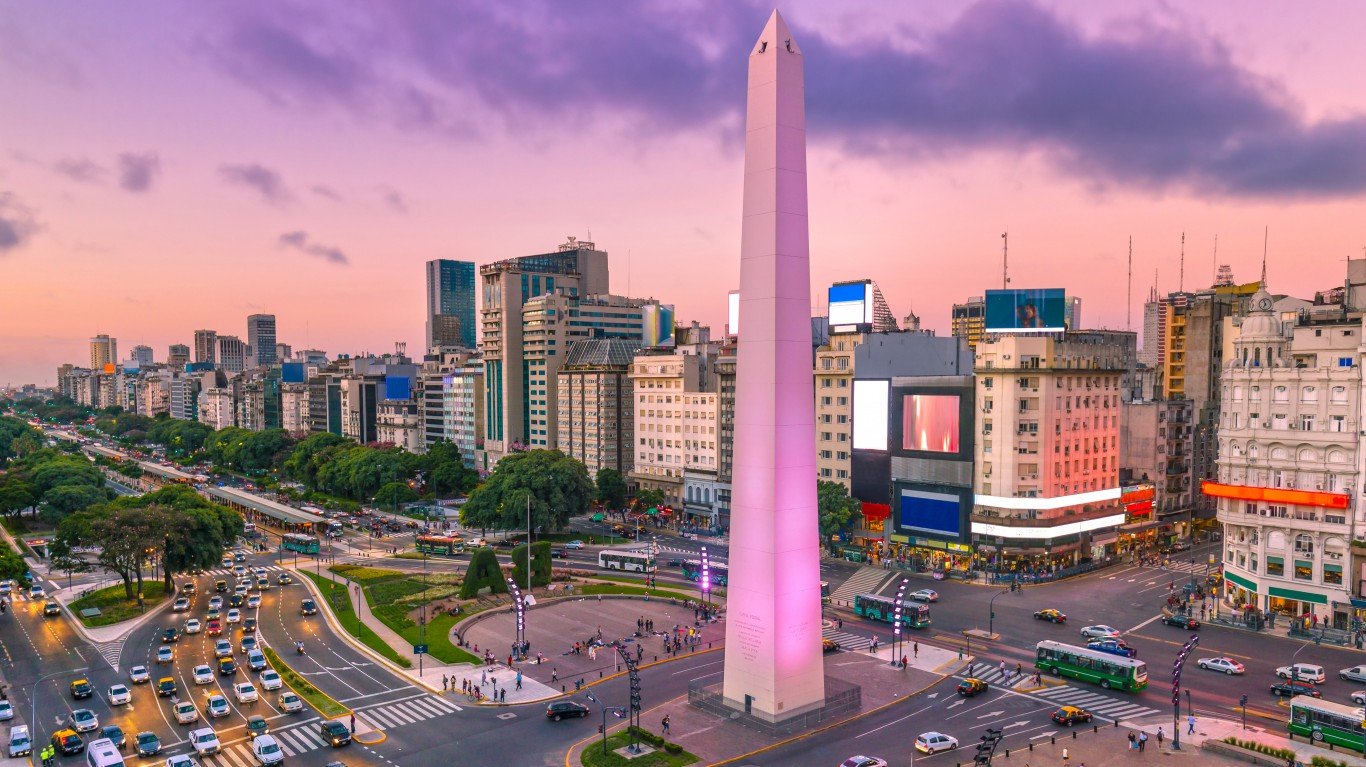

According to the most recent consumer price index (CPI) for September, U.S. inflation is slightly below 4%. That is a relief. A year ago, the number was close to 8%. The Federal Reserve can take most of the credit. It has increased its interest rate almost every quarter for over a year. In theory, that has pushed down consumer consumption, which cuts into inflation. (That theory is the base problem of the situation described in this article.)
The U.S. number does not come close to matching Argentina’s 130% inflation rate. It is hard to imagine that consumers could even pay their most basic expenses under these circumstances. An example of how much inflation has undermined consumption is a Bloomberg description of a worker who makes $300 a month. That is half of what it was three months ago. (See the ways that BRICS economies have surpassed the United States and Europe.)
One solution to the inflation in Argentina is to replace its currency (the peso) with the U.S. dollar. In theory, this makes the local economy less likely to be hit by sharp movements in the costs of goods. The fact that it is only a theory makes it dangerous.
One thing about the economy that Bloomberg points out is that Argentinians have lived with inflation before. This has caused them to ensure savings for an inflation catastrophe. The problem is few people could foresee that it would get so bad.
Thank you for reading! Have some feedback for us?
Contact the 24/7 Wall St. editorial team.
 24/7 Wall St.
24/7 Wall St.


